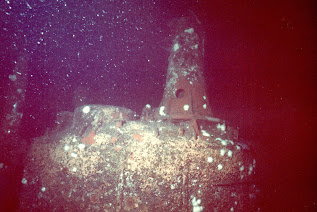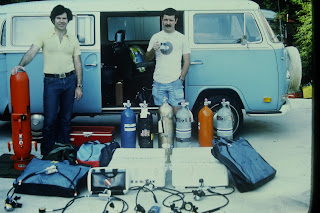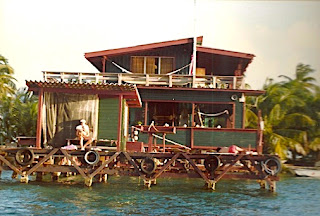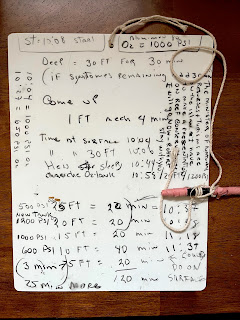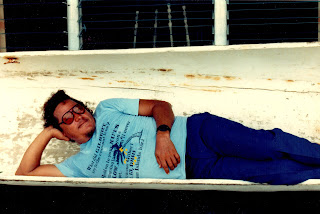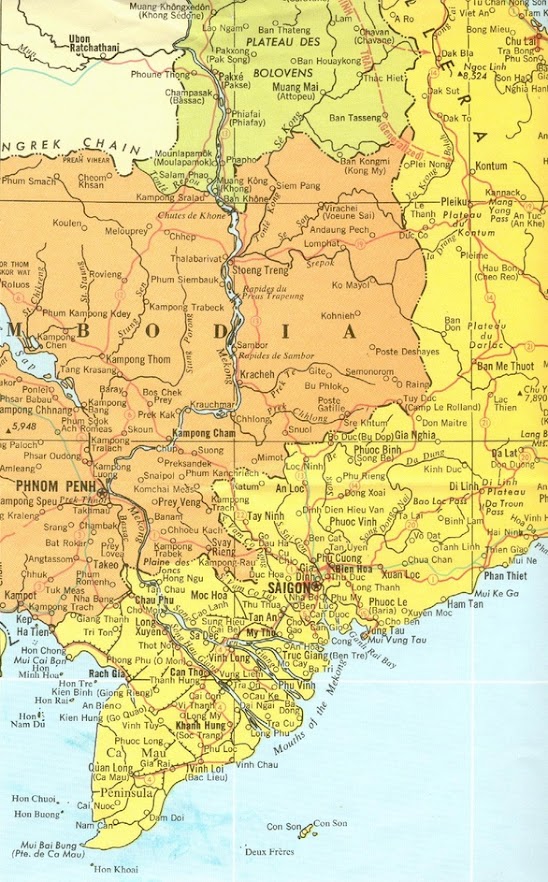In 1960, when he asked me what I thought we should do in Space, I told Senator John F. Kennedy we "should just go to the moon and mine the blame thing."
My opinion has not changed.
It is an opinion undoubtedly colored by the unique place I'm from, a town
called Coalwood in a state called West Virginia in a place called
Appalachia where it's difficult to get there, difficult to live there,
but has resources that must be shipped elsewhere in order to keep our
civilization humming along.
In other words, I'm from a place something like the moon.
West Virginians came to the mountain state in the early 20th Century attracted by the coal mining industry. It wasn't that they necessarily liked mining coal. They came so as to make money and have a place where they could raise their families. The work they did was nasty and dangerous but they still did it and did it as long as they could. After awhile, it became their way of life and they fell in love with the mountains, hills, and valleys of the rugged land.
 |
| One of my memoirs about life in Coalwood. It was a New York Times best-seller. |
Their way of life is the way I think life on the moon could and should evolve.
Recently, I told Senator Ted Cruz and his Aviation and Space Subcommittee that what I want out of the space program is "Coalwood on the moon" and that I don't care two cents about who the next professional astronaut is who goes there. What I care about is opening a place where real people - plumbers, electricians, miners, construction workers, and other so-called blue collar workers - can go work, make money, and raise their families just like in the Coalwood where I grew up. Go here to see exactly what I said:
https://www.youtube.com/watch?v=xRbCkFYZpWk&feature=youtu.be&fbclid=IwAR1v9ls4FT3cJGXFBGYJu4XJ2IBbCa-ei1DAHFV-aN_a7fnT9uStwxCK6bg
The moon I describe in Crater, Crescent, and The Lunar Rescue Company is a place where there are many Coalwoods, frontier mining towns populated by a rugged people made even tougher and stronger by the land in which they live.
 |
| My "Crater" series of novels (aka Helium-3 series). |
So how does that happen? How does the moon go from being an exotic fantastic locale where only brave astronauts dare to go to a place of work for folks like those who raised their families in Coalwood? And why would the taxpayers of the United States and our partners and allies ever want to shell out even a dime to make that happen?
It is because the moon qualifies as a reasonable place for the world to expand and gather resources.
 |
| Hi there. I'm Luna, your neighbor. I've got lots of good stuff for you if you'll come and get it. |
And what are those resources on the moon that the people of lunar Coalwoods will gather for us and send back? I'll give you the usual list: Platinum, Helium, Helium-3, Thorium, etc. etc. and so forth but remember beneath every crater is the shattered remains of an asteroid. There's likely gold in them thar lunar hills and a lot else, too.
As to the "how," it's also pretty simple. We as a nation have done the flags and footprints on the moon thing with Apollo Now, 50 years later, we need an anchoring base on the moon from which other entities, whether governmental or private, can come to, outfit themselves and then set across the lunar plains, valleys, rilles, and hills to explore and then build their roads and towns and start working and making money and raising their families and sending resources back to a needy Earth.
That's it. That's all our federal government has to do. Just build an anchor up there, one staging area and then hold onto it long enough for all others to follow and build up a lunar civilization based on gathering resources.
 |
| My clever little moon anchor as described in my 1993 (!) study for NASA |
I kind of mapped that anchor out in my 1993 study: https://homerhickamblog.blogspot.com/2019/03/1993-study-of-moon-laboratory-by-homer.html
Will Americans come around to my vision?
We shall see. Right now, NASA proclaims that it doesn't want to "get stuck on the moon."
It should be so lucky.
- - Homer Hickam















